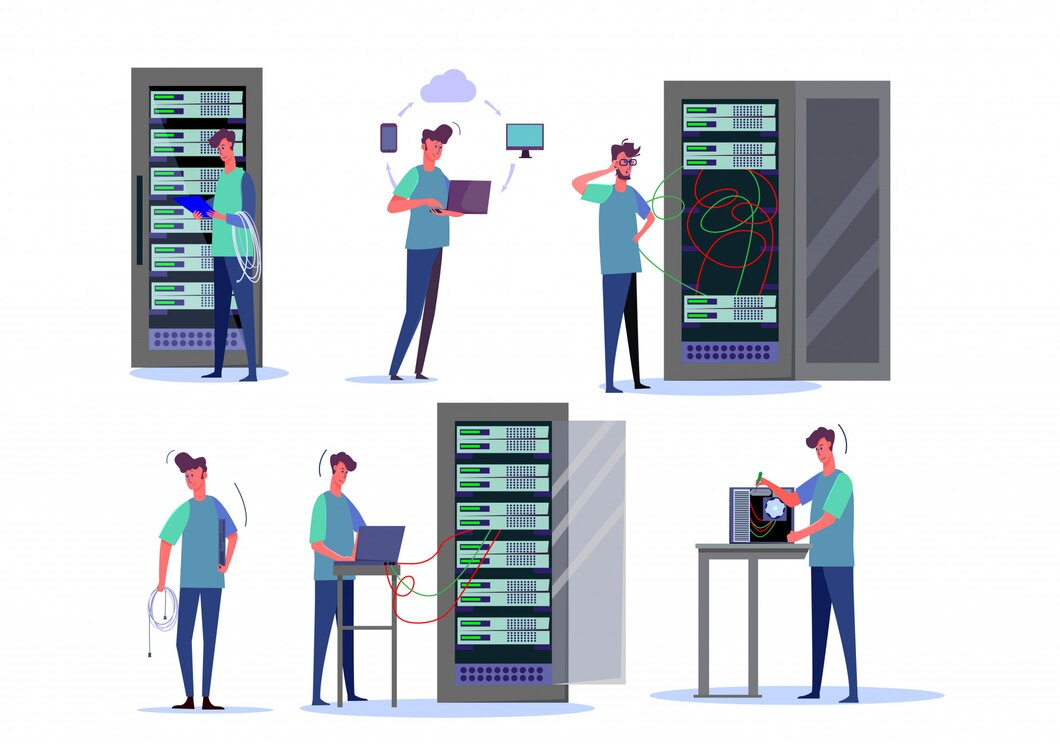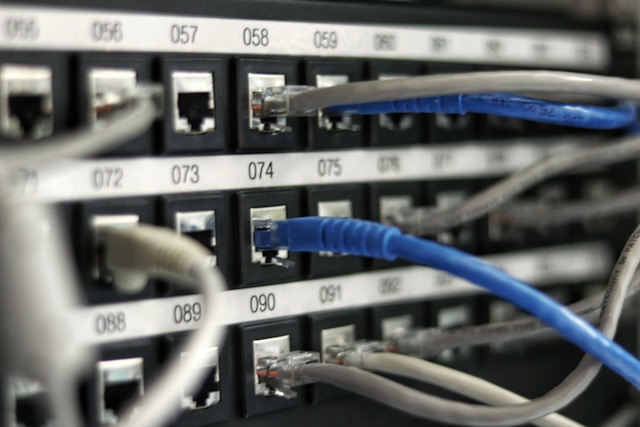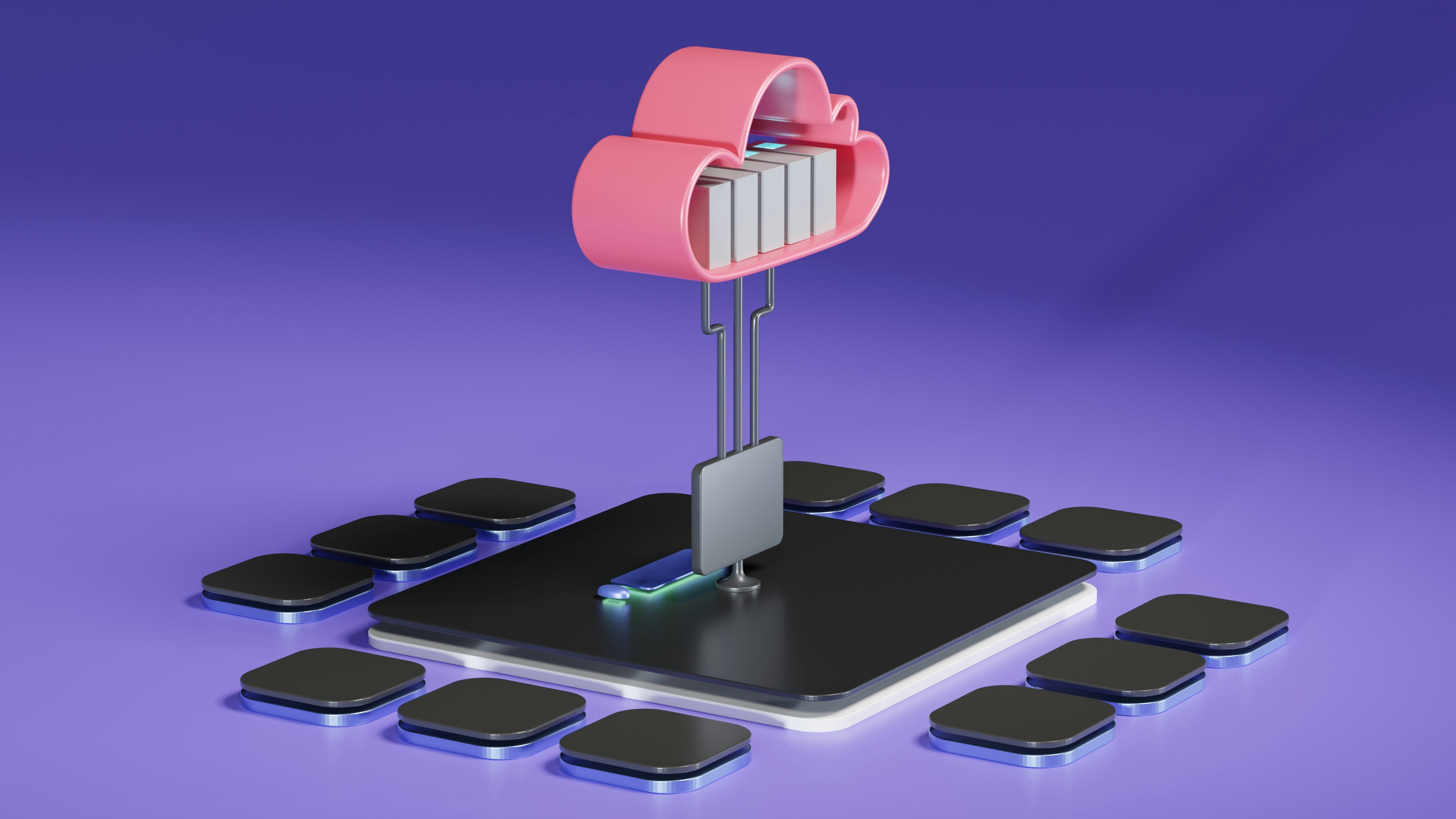Leased Lines vs Wireless Bridges: Which Suits Your Business Better?
-
January 23, 2025
-
6 min read

In the fast-paced world of modern business, reliable high-speed internet connectivity for offices is no longer a luxury, but it’s an absolute necessity. As companies increasingly rely on cloud services, video conferencing, and data-intensive applications, connectivity solutions play a crucial role in their operations. The choice of connectivity solution can significantly impact both operational efficiency and bottom lines.
Two popular options for enterprises are leased lines and wireless bridges. But which one is the right fit for your organisation? Let’s compare these technologies across key parameters:
- Bandwidth and speed
- Latency and performance
- Installation time and ease
- Reliability and uptime
- Scalability and flexibility
- Costs and ROI
Bandwidth: Dedicated vs Shared
One of the most crucial differences between leased lines and wireless bridges lies in how they allocate bandwidth.
Leased Lines: Exclusive High-Speed Connectivity
A leased line provides a dedicated, point-to-point connection between your business premises and the service provider’s nearest point-of-presence (PoP). This means the entire bandwidth of the line is exclusively yours, ensuring consistent high speeds without contention from other users. Leased lines typically offer symmetrical download and upload speeds ranging from 2 Mbps to 10 Gbps, making them ideal for:
- Bandwidth-hungry applications like HD video streaming and conferencing
- Large file transfers and data backups
- Latency-sensitive services like VoIP and online trading platforms
Wireless Bridges: Shared Spectrum, Variable Speeds
In contrast, wireless bridge solutions use radio frequencies to transmit data between two points. The bandwidth is shared among all users within the coverage area, leading to potential speed fluctuations during peak usage periods. Modern wireless technologies like 5 GHz and 60 GHz bands can achieve impressive speeds under ideal conditions. These technologies can deliver speeds up to 10 Gbps with a clear line-of-sight between antennas.
Wireless bridges are better suited for:
- Connecting remote sites or temporary setups
- Environments where physical cabling is impractical
- Backup connectivity for mission-critical operations
Latency: Wired vs Wireless
Latency, or the time taken for data to travel from source to destination, is another important consideration, especially for real-time applications.
Leased Lines: Low and Consistent
Since leased lines use dedicated fibre optic cables, they offer very low latency, typically under 10 milliseconds. This consistency is crucial for latency-sensitive services like:
- High-frequency algorithmic trading
- Remote surgery and telemedicine
- Multiplayer online gaming servers
Wireless Bridges: Variable but Improving
Wireless bridges inherently have higher latency compared to wired solutions due to factors like signal propagation delay and interference. However, advancements like millimetre wave technology and beam forming have significantly reduced latency in modern wireless bridges. Average latencies now range between 20-50 milliseconds, which is acceptable for most business applications.
Deployment: Time and Effort
The installation process and timelines vary significantly between these two technologies.
Leased Lines: Longer Lead Times
Setting up a leased line requires laying physical fibre cables. This often involves extensive civil works, such as digging trenches and obtaining right-of-way permissions. This can take several weeks to a few months, depending on the distance and terrain. However, once installed, leased lines are highly reliable and rarely need maintenance.
Wireless Bridges: Quick and Flexible
Wireless bridge deployments are much faster, often taking just a few days to a couple of weeks. They can be set up without the need for physical cabling. This makes them suitable for challenging environments like mountainous regions or densely populated urban areas. They also offer greater flexibility for network expansions or relocations.
Reliability and Uptime: Wired Wins
When it comes to uptime and service availability, leased lines have a clear advantage over wireless bridges.
Leased Lines: SLA-Backed Uptime
Leased line providers typically offer Service Level Agreements (SLAs) guaranteeing uptimes of 99.9% or higher. This translates to less than 9 hours of downtime per year. Leased lines are also immune to weather conditions like rain or fog that can disrupt wireless signals.
Wireless Bridges: Environmental Challenges
Modern wireless bridge technologies are designed to be highly resilient. However, they can still be affected by severe weather, physical obstructions, and electromagnetic interference. Most wireless bridge providers offer uptimes of around 99%, which may not be sufficient for mission-critical applications.
Also Read: Quick Fixes When Leased Lines Are Down
Scalability: Wireless Flexibility
As businesses grow and evolve, their connectivity needs often change too. Here’s how leased lines and wireless bridges stack up in terms of scalability:
Leased Lines: Upgrades Required
Increasing the bandwidth of a leased line usually requires physical upgrades to the infrastructure. This process can be both time-consuming and expensive. However, some providers offer burstable bandwidth options that allow you to temporarily boost speeds during peak demand periods.
Wireless Bridges: Modular Expansion
Wireless bridge networks are inherently more scalable, as additional access points can be easily added to expand coverage or increase capacity. This modular nature makes wireless bridges ideal for rapidly growing businesses or those with fluctuating bandwidth requirements.
Costs: CAPEX vs OPEX
Finally, let’s compare the financial aspects of leased lines and wireless bridges.
Leased Lines: Higher Upfront and Recurring Costs
Leased lines have significant setup costs, including installation charges and equipment fees. Monthly recurring charges for leased lines are higher compared to other connectivity options. This is because you are paying for dedicated bandwidth and SLA-backed reliability. However, these costs can be justified for businesses heavily reliant on high-speed, low-latency connectivity.
Wireless Bridges: Lower TCO
Wireless bridges have lower upfront costs, as they don’t require extensive civil works or expensive equipment. The operational costs are also lower, making wireless bridges a more cost-effective option for small and medium businesses. The total cost of ownership (TCO) can increase significantly over time. This is particularly true if you require multiple access points or frequent capacity upgrades.
Also Read: Guide to Testing Leased Line Connection Speed
Wired vs. Wireless: A Comparative Overview
Here’s a concise comparison of leased lines and wireless bridges. The table highlights key differences in aspects like cost, setup, performance, and scalability to help you make an informed choice.
| Parameter | Leased Line | Wireless Bridge |
| Typical Installation Time | 4-12 weeks | 1-14 days |
| Bandwidth | Dedicated, symmetrical speeds up to 10 Gbps | Shared, variable speeds up to 10 Gbps |
| Latency | Very low (<10 ms) | Low to moderate (20-50 ms) |
| Reliability | High (99.9% uptime) | Moderate (99% uptime) |
| Scalability | Requires physical upgrades | Easily scalable with additional access points |
| Cost | High setup and recurring costs | Lower CAPEX and OPEX |
Making the Right Choice
Choosing between a leased line and a wireless bridge ultimately depends on your specific business requirements and budget. If you need dedicated, high-speed connectivity with rock-solid reliability, a leased line is the way to go. However, for a flexible, cost-effective, and quick deployment, a wireless bridge is a better option.
For businesses seeking the best of both worlds, Airtel’s Internet Leased Line (ILL) offers dedicated fibre connectivity with lightning-fast performance. It also provides industry-leading uptimes and 24/7 support for seamless performance. With a network spanning 250,000 km across 50 countries, Airtel ILL is the ideal choice for enterprises looking to future-proof their connectivity.
 Share
Share









